Unveiling Zimbabwe’s Natural and Historical Wonders: The Chimanimani Mountains, Romelda Lakeside Retreat, and Mzilikazi’s Grave
The Chimanimani Mountains, situated along the Zimbabwe-Mozambique border, hold immense historical, ecological, and geographical significance. Here are some key points highlighting their importance:
- Geographical Location: The Chimanimani Mountains form the southernmost part of the Eastern Highlands, stretching along the Zimbabwe-Mozambique border. They are characterized by rugged terrain, jagged peaks, and deep ravines, making them a prominent feature of the landscape.
- Ecological Diversity: The mountains encompass a diverse range of ecosystems, including forests, savannas, montane grasslands, and heathlands. These ecosystems support a rich variety of plant and animal species, many of which are endemic or of global conservation concern.
- Protected Areas: Both Zimbabwe and Mozambique have established protected areas within the Chimanimani Mountains to conserve their natural heritage. Chimanimani National Park in Zimbabwe and Chimanimani National Reserve in Mozambique, along with a larger buffer zone, form the Chimanimani Transfrontier Conservation Area.
- High Peaks: Monte Binga, located within the Chimanimani Mountains, stands as the highest peak in Mozambique and the second-highest in Zimbabwe. Other notable peaks include Mt. Peza, Mt. Dombe, and Mawenje (Turret Towers) in Zimbabwe, and Mt. Nhamadimo in Mozambique.
- Climate: The mountains’ geographical location influences their climate, with moisture-laden winds from the Indian Ocean producing orographic precipitation on the eastward-facing slopes. This results in a wetter climate on the Mozambican side of the range compared to the drier, rain-shadowed western slopes in Zimbabwe.
- Biodiversity: The Chimanimani Mountains harbor a wealth of biodiversity, including endemic plant species and unique animal taxa. The range serves as a habitat for numerous endemic or restricted-range amphibians, snakes, and birds, contributing to the region’s ecological significance.
- Cultural Heritage: The mountains have cultural significance for local communities, with traditional practices and beliefs often intertwined with the natural environment. Indigenous communities have historically inhabited the area, relying on its resources for sustenance and cultural practices.
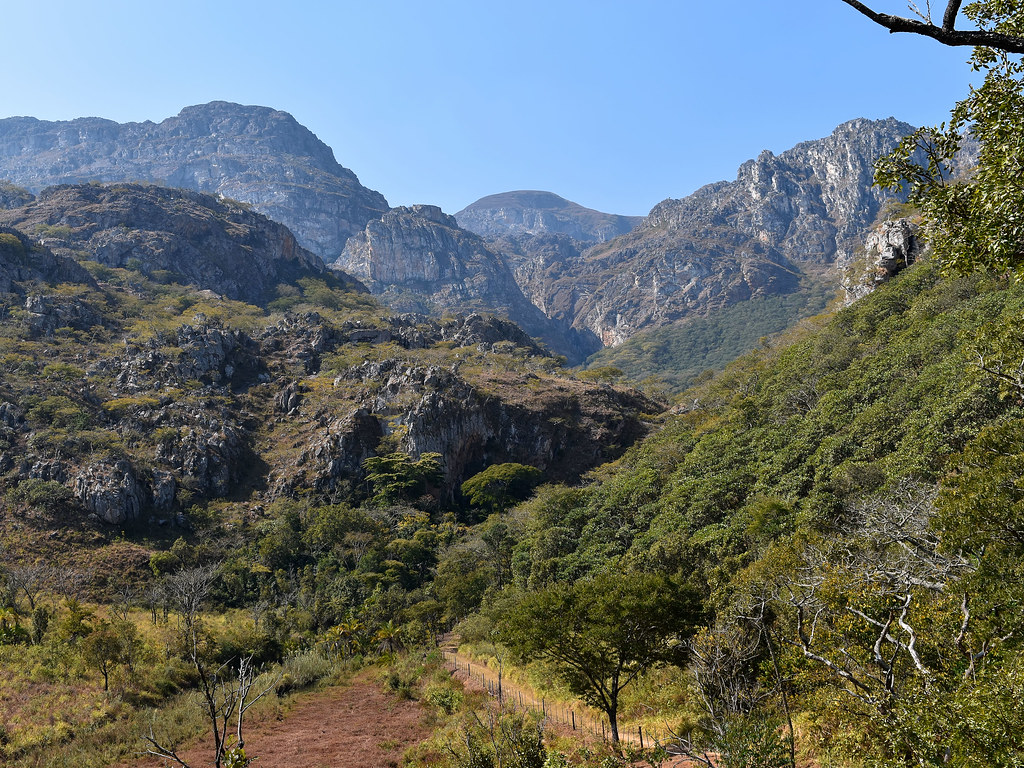
For travelers visiting the Chimanimani Mountains, there are several things to do, accommodation options, and activities to consider:
Things to Do:
- Hiking and Trekking: Explore the rugged terrain and scenic beauty of the mountains through various hiking trails. From easy walks to challenging treks, there are options available for all skill levels.
- Bird Watching: The Chimanimani Mountains are home to diverse bird species, making it a paradise for birdwatchers. Keep an eye out for unique avian species while exploring the trails.
- Photography: Capture the stunning landscapes, vibrant flora, and diverse wildlife through photography. The mountains offer endless opportunities for capturing breathtaking shots.
- Cultural Experiences: Engage with local communities to learn about their traditions, customs, and way of life. Visit nearby villages to experience the local culture firsthand.
- Nature Exploration: Take leisurely walks to soak in the natural beauty of the mountains. Explore the forests, streams, and waterfalls scattered throughout the region.
Accommodation Options:
- Lodges and Guesthouses: There are lodges and guesthouses available in and around the Chimanimani area, offering comfortable accommodation options for travelers. These establishments often provide amenities such as meals, guided tours, and outdoor activities.
- Camping: For those seeking a more adventurous experience, camping facilities are available within Chimanimani National Park and surrounding areas. Campsites offer basic amenities and provide an opportunity to immerse yourself in nature.
- Self-Catering Chalets: Some accommodation providers offer self-catering chalets or cottages equipped with kitchen facilities. This option allows for greater flexibility and independence during your stay.
- Homestays: Experience local hospitality by opting for homestay accommodation with families in nearby villages. This offers a unique cultural experience and an opportunity to connect with the local community.
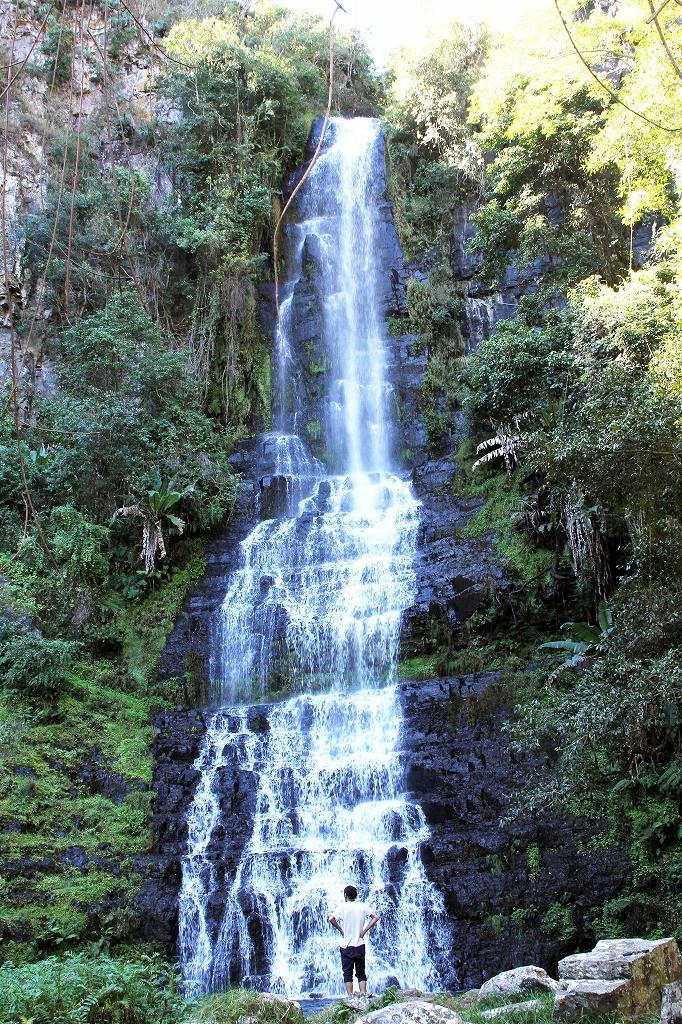
Activities:
- Guided Hikes: Join guided hiking tours led by experienced local guides who can provide insights into the area’s flora, fauna, and history. Guided hikes are a great way to explore the mountains safely and learn about their significance.
- Rock Climbing: Test your climbing skills on the rocky outcrops and cliffs of the Chimanimani Mountains. Experienced climbers can tackle challenging routes while enjoying panoramic views of the surrounding landscape.
- Mountain Biking: Explore the mountain trails on two wheels with mountain biking excursions. Ride through forests, across streams, and along scenic routes for an exhilarating outdoor adventure.
- Cultural Visits: Arrange visits to nearby villages to interact with local communities, learn about their traditions, and participate in cultural activities such as traditional dances, craft workshops, and home-cooked meals.
- Relaxation: Take time to unwind and relax amidst the tranquility of the mountains. Enjoy picnics by waterfalls, meditation sessions in nature, or simply soak in the peaceful atmosphere.
Overall, the Chimanimani Mountains offer a wide range of activities and accommodation options for travelers seeking adventure, relaxation, and cultural immersion in a stunning natural setting. Whether you’re an outdoor enthusiast, a nature lover, or a cultural explorer, there’s something for everyone to enjoy in this picturesque mountain range.
In summary, the Chimanimani Mountains represent a crucial ecological and geographical feature of the Zimbabwe-Mozambique border region. Their diverse ecosystems, protected status, and cultural significance underscore their importance for conservation and sustainable management.
Mzilikazi’s grave – A Historical Site in Zimbabwe, and its Significance
Mzilikazi’s grave, designated as National Monument No. 41, stands as a testament to the profound legacy of the amaNdebele people’s revered leader. Known as the father and first king of the amaNdebele, Mzilikazi Khumalo’s final resting place holds great cultural and historical significance.
The grave site, located in Entumbane within the majestic Matopo Hills, is a sacred space that attracts visitors seeking to pay homage to this iconic figure in Zimbabwean history. Despite the passage of time and various disturbances, Mzilikazi’s grave remains a site of deep reverence and cultural importance.
Over the years, the grave has endured challenges, including a robbery that led to the disturbance of its contents. However, efforts have been made to preserve and protect this sacred site, with measures taken to repair the damage and restore its integrity.
Visitors to Mzilikazi’s grave are encouraged to approach the site with respect and reverence, recognizing its significance to the amaNdebele people and Zimbabwean heritage as a whole. The surrounding area offers breathtaking views of the Matopo Hills, adding to the spiritual ambiance of the location.
To reach Mzilikazi’s grave, one can follow specific directions from Bulawayo, taking the Matopos Road and then the Old Gwanda Road. The journey provides an opportunity to reflect on the historical events and cultural significance associated with this revered leader and his final resting place.
The account of Mzilikazi’s death and burial highlights the profound significance attached to his legacy within the amaNdebele culture and Zimbabwean history. The meticulous rituals and ceremonies surrounding his burial reflect the reverence and respect accorded to him as the founder and first king of the amaNdebele.
However, recent reports of theft and neglect surrounding Mzilikazi’s grave site raise concerns about the preservation of this important historical and cultural landmark. The theft of valuable artifacts from the National Museums and Monuments of Zimbabwe (NMMZ) exhibition site near Old Bulawayo underscores the ongoing challenges in safeguarding Zimbabwe’s heritage.
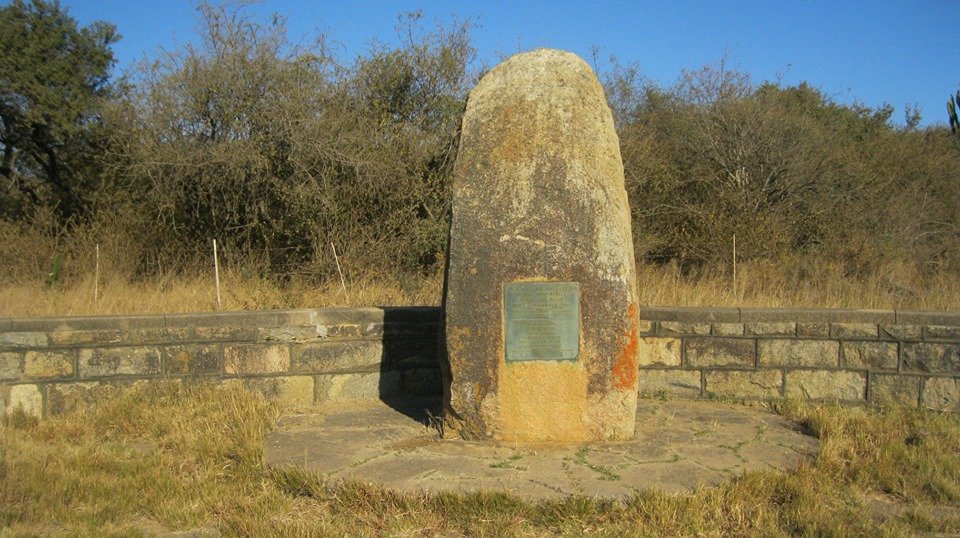
Furthermore, accusations of neglect and disrepair from individuals like Peter Zwidekalanga Khumalo cast doubt on the adequacy of efforts to maintain and protect Mzilikazi’s grave site. While NMMZ claims that the site is maintained according to Khumalo traditions, its designation as National Monument No. 41 signifies its broader significance beyond familial ownership.
The dispute surrounding the management and preservation of Mzilikazi’s grave site underscores the need for a concerted effort to ensure the protection and promotion of Zimbabwe’s cultural heritage. It calls for greater collaboration between government authorities, cultural institutions, and local communities to safeguard these important historical sites for future generations.
Mzilikazi’s grave holds profound historical significance within the context of Zimbabwean history and the heritage of the amaNdebele people. Here are some key points highlighting its importance:
- Founder of the amaNdebele Kingdom: Mzilikazi Khumalo, also known as King Mzilikazi, was the founder and first king of the amaNdebele kingdom. His leadership and military prowess were instrumental in the establishment of the kingdom in southwestern Zimbabwe in the 19th century.
- Cultural and Political Legacy: Mzilikazi’s reign marked a significant period in the history of the amaNdebele people. His leadership not only shaped the political landscape of the region but also influenced the cultural identity and traditions of the amaNdebele.
- Migration and Settlement: The story of Mzilikazi’s migration from Zululand to present-day Zimbabwe, along with his followers, is a central narrative in the history of the amaNdebele. The establishment of settlements and capitals, including Bulawayo, reflects the strategic and cultural significance of these locations.
- Burial Rituals and Traditions: The elaborate burial rituals and ceremonies surrounding Mzilikazi’s death and burial underscore the cultural and spiritual beliefs of the amaNdebele people. The sacrifices made and the reverence shown during the burial process highlight the deep respect accorded to Mzilikazi and his ancestors.
- Custodianship and Protection: The custodianship of Mzilikazi’s grave site by designated individuals or groups within the amaNdebele community symbolizes the ongoing commitment to preserving their cultural heritage. Despite challenges such as theft and neglect, efforts are made to safeguard the integrity of the site and its significance to future generations.
- National Monument Status: Designated as National Monument No. 41 of Zimbabwe, Mzilikazi’s grave site is recognized as a site of national importance. Its inclusion in the national heritage register underscores its significance beyond the local or familial context, representing a shared heritage for all Zimbabweans.
In summary, Mzilikazi’s grave holds historical, cultural, and symbolic significance as a focal point of amaNdebele heritage and Zimbabwean history. Its preservation and recognition as a national monument are essential for honoring the legacy of Mzilikazi and preserving the cultural identity of the amaNdebele people.
Romelda Lakeside Retreat: Immersive Serenity Amidst Breathtaking Scenery
Why Visit?
- Tranquil Setting: Discover a haven of tranquility amidst stunning scenery at our tented lodge, nestled along the picturesque lakeside. Each tent offers unobstructed views of the expansive lake and breathtaking sunsets, providing a serene backdrop for your retreat.
- Immersive Nature Experience: Immerse yourself in the natural beauty of the surroundings, with manicured lawns, indigenous aloes, and vibrant gardens teeming with birdlife. Explore the shoreline for glimpses of kingfishers, African finfoots, and other fascinating wildlife.
- Diverse Activities: Whether you seek adventure or relaxation, our lodge offers a range of activities to suit every preference. From guided rhino walks and canoeing to sunset cruises and birdwatching, there’s something for everyone. Cool off in the swimming pool or unwind by the campfire under the starlit sky.
- Intimate Accommodation: Experience intimate accommodation in our six tented rooms, seamlessly blending into the natural landscape. Each tent features a private deck overlooking the lake, spacious interiors, and modern amenities for your comfort.
- Family-Friendly Retreat: Ideal for families, our lodge offers two interconnected tents with additional daybeds for children. Engage in family-friendly activities like fishing, swimming in the pool, or enjoying games in the spacious garden.
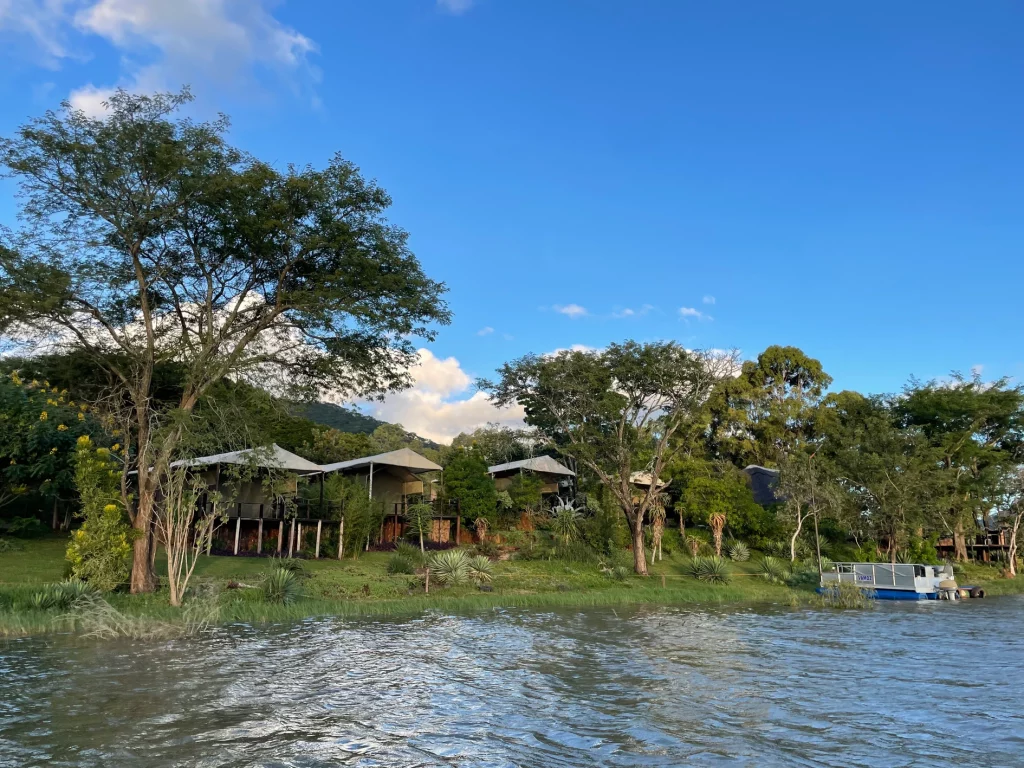
AMENITIES
- Swimming Pool
- Fire pit with moon deck
- Outdoor deck with poolside seating
- Covered Bar and Lounge area
- Satellite Wi-Fi connection
- Secure parking area
- Slipway (boat launching) facilities
STANDARD TENT
- Accommodation Features:
- 2 Single beds
- Ensuite Bathroom
- Open Wardrobe
- Private deck with Lake View
- Tea & Coffee Tray
- Solar Fan
- USB charging ports
- Rates:
- HALF BOARD: $127 per person per night
- FULL BOARD: $156 per person per night
- ALL INCLUSIVE: $199 per person per night
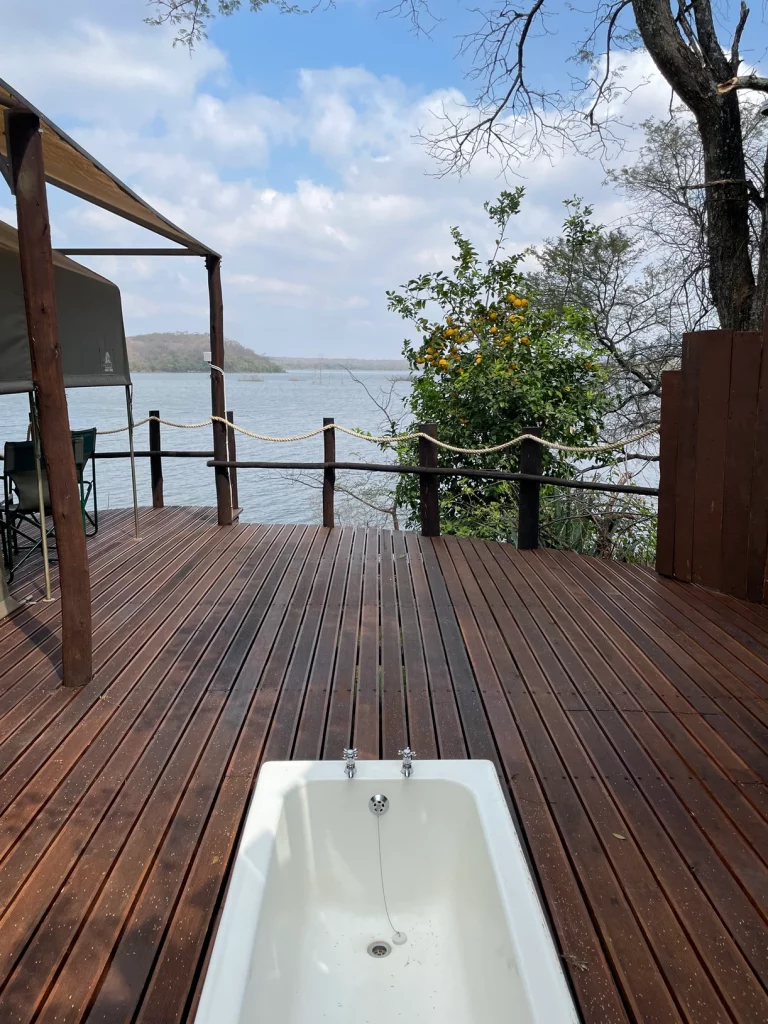
LUXURY TENT
- Accommodation Features:
- 1 King Size bed
- Ensuite Bathroom
- Open Wardrobe
- Private deck with Lake View
- Outdoor Shower & Bathtub
- Tea & Coffee Tray
- Solar Fan
- USB charging ports
- Rates:
- HALF BOARD: $161 per person per night
- FULL BOARD: $190 per person per night
- ALL INCLUSIVE: $233 per person per night
Lake Kyle: A Natural Wonderland
- Explore the enchanting Lake Kyle, surrounded by majestic mountain ranges and teeming with diverse wildlife. Spot white rhinos, buffalos, zebras, and more in the Kyle Recreational Park, renowned for its scenic beauty and abundant wildlife.
- Enjoy fishing for bass and bream or embark on a scenic cruise along the lake, with options to visit the Dam Wall or explore the Popoteke and Mutirikwi Rivers.
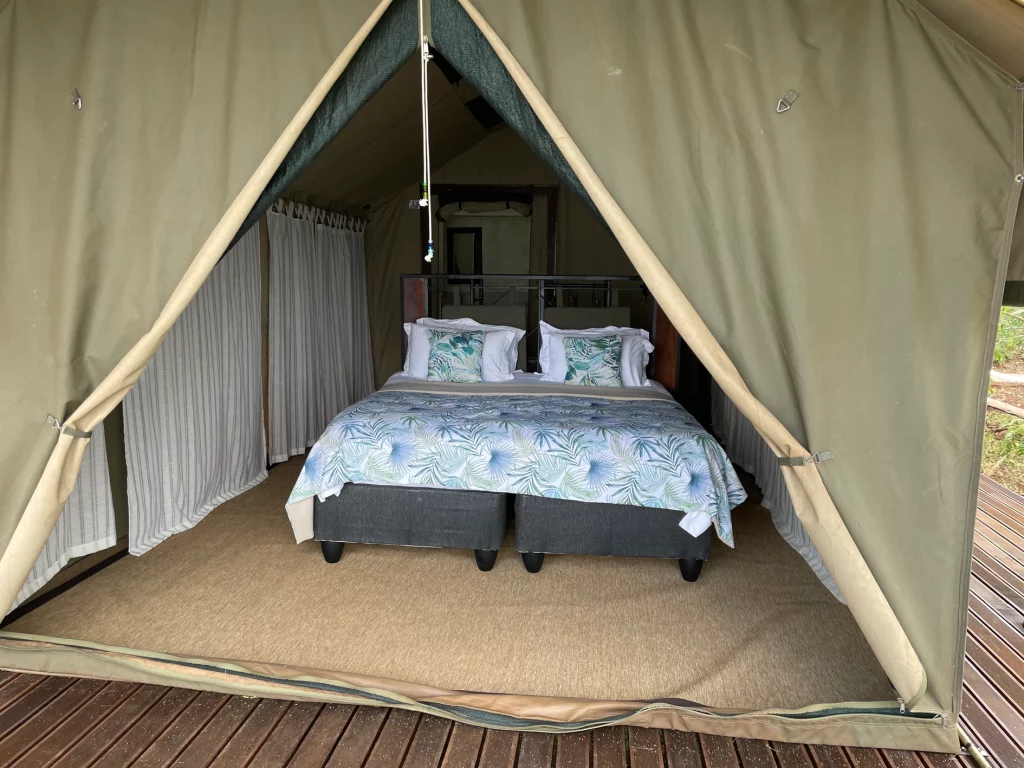
History and Culture Exploration:
- Delve into the rich history and culture of the region with a visit to the Great Zimbabwe historical monument, a scenic journey passing through rural farmlands and impressive granite hills.
- Discover cultural landmarks like St. Francis Church (Italian POW Chapel) and Chamavara Caves, offering insights into the area’s fascinating heritage.
Kyle Recreational Park Adventure:
- Embark on an unforgettable adventure through the National Park, home to a thriving ecosystem including white rhinos, buffalos, giraffes, and more. Opt for a guided game drive or embark on a thrilling rhino tracking experience for an up-close encounter with these magnificent creatures.
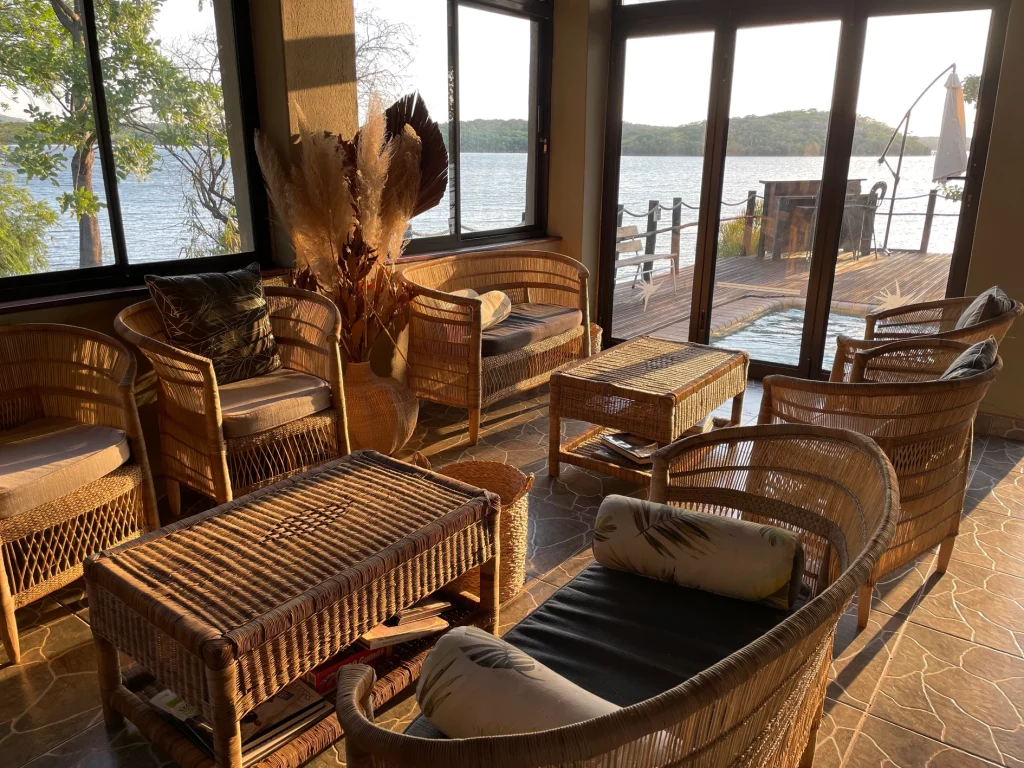
Experience the allure of Romelda Lakeside Retreat, where serenity meets adventure amidst breathtaking natural beauty.
Also Read on Zimbabwean Higher Education: Explore Women’s University, CUT, and MSU for Academic Excellence.

